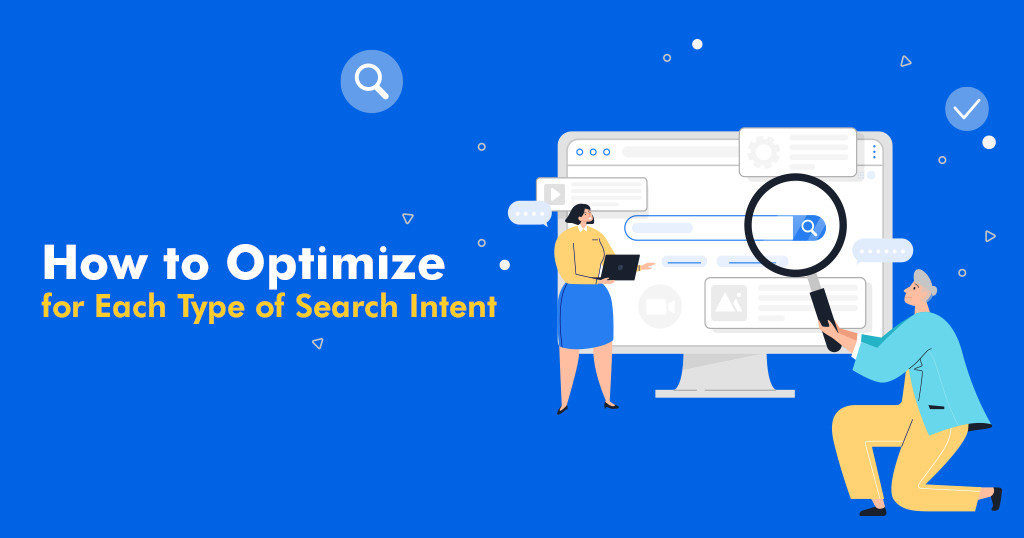Tube Rank: Your Guide to Video Success
Discover tips and insights for optimizing your video presence.
Decoding Search Intent: Your Key to Digital Treasure
Unlock the secrets of search intent and discover how to drive more traffic to your website. Your digital treasure awaits!
Understanding the 4 Types of Search Intent: A Comprehensive Guide
Understanding search intent is crucial for optimizing your content to meet users' needs effectively. There are four main types of search intent that dictate the purpose behind a user's query: informational, navigational, transactional, and commercial investigation. Each type plays a significant role in determining how to structure your content and which keywords to target. For example, those seeking informational intent are typically looking for answers or explanations and may benefit from blog posts, how-to guides, or lists.
On the other hand, navigational intent occurs when users aim to find a specific website or page. These individuals already know what they want, and your goal should be to ensure your website is easily found. Transactional intent refers to users who are ready to make a purchase, and optimizing for this type often involves showcasing products or services with clear calls to action. Lastly, commercial investigation involves users comparing products or services before making a decision. By understanding these types of search intent, you can tailor your SEO strategies to better serve your audience and improve your rankings.

How Decoding Search Intent Can Boost Your SEO Strategy
Understanding search intent is crucial for optimizing your SEO strategy. Search intent refers to the goal behind a user's search query, and deciphering it allows you to tailor your content to meet their needs effectively. By categorizing search intent into four primary types—informational, navigational, transactional, and commercial investigation—you can create targeted content that answers specific questions and fulfills user desires. For instance, if a user is searching for 'best running shoes,' their intent is likely transactional, indicating they're ready to make a purchase. Addressing this intent not only improves user experience but also enhances your site's visibility in search engine results.
Once you've identified the different types of search intent, the next step is to align your content accordingly. Start by conducting keyword research that focuses on phrases related to each intent type. Use tools like Google Search Console or keyword planners to gauge the demand for specific queries. Additionally, consider implementing structured data to help search engines understand the context of your content better. By optimizing for search intent, you can increase your website's authority and relevance, leading to higher rankings and more organic traffic. Remember, aligning your SEO strategy with user intent isn't just a trend—it's a necessity in today's competitive digital landscape.
What Does Search Intent Mean and Why Is It Crucial for Digital Marketing?
Search intent refers to the reason behind a user's query in search engines. When someone types a phrase into Google, they have a specific goal in mind, whether it's to find information, make a purchase, or seek a solution to a problem. Understanding this intent is crucial for digital marketing because it allows businesses to tailor their content and marketing strategies to meet the needs and expectations of their target audience. In essence, aligning content with search intent can significantly improve visibility in search engine results pages (SERPs) and increase organic traffic.
Furthermore, recognizing the different types of search intent—such as informational, navigational, and transactional—enables marketers to create more effective campaigns. For example, if a user is looking for product reviews (informational), they are likely further along in the buying journey compared to someone searching for 'best running shoes' (navigational). By categorizing these intents, brands can optimize their content to provide exactly what users are searching for, ultimately enhancing user experience and boosting conversion rates. In today's competitive digital landscape, addressing search intent is not just beneficial; it's essential for success.